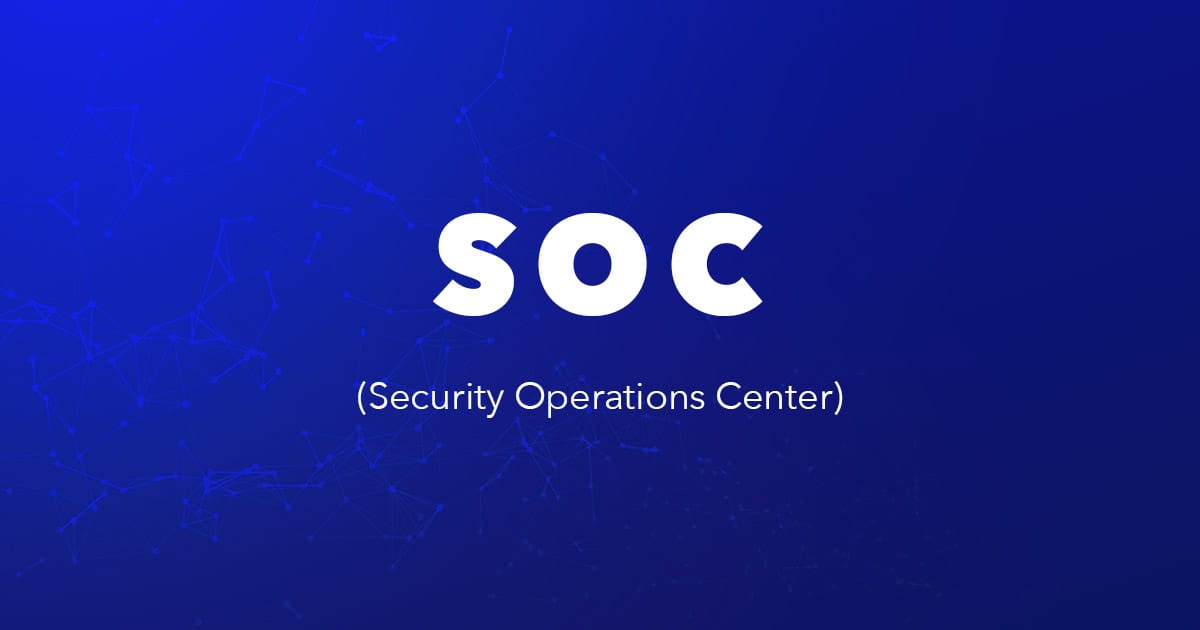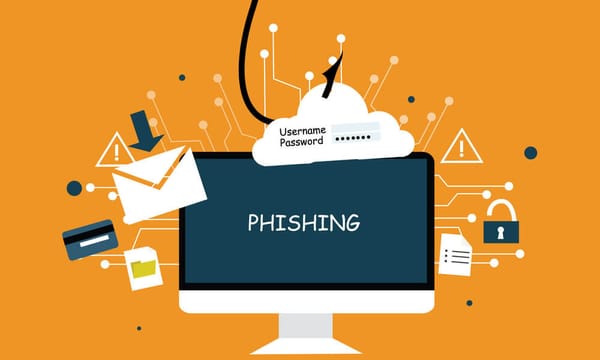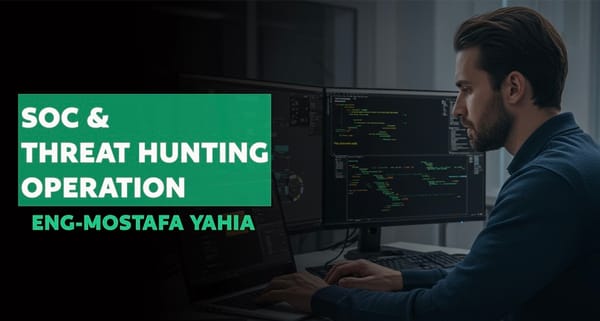What Is a Security Operations Center (SOC) and Why It Matters in 2025

Introduction
In today’s fast-paced digital world, organizations are constantly under threat from increasingly sophisticated cyberattacks. To detect, analyze, and respond to these threats in real time, more and more companies are investing in a Security Operations Center (SOC) — the backbone of modern cybersecurity strategy.
This article explains what a SOC is, how it functions, why it’s essential for businesses, and how it supports threat detection, incident response, SIEM monitoring, and regulatory compliance. Whether you're planning to build a SOC in-house or adopt a managed SOC service, understanding its value is key to staying secure in 2025.
What Is a Security Operations Center (SOC)?
A Security Operations Center (SOC) is a centralized team of security experts responsible for continuously monitoring an organization’s IT environment. Their mission is to detect security incidents early, analyze them, and respond before any damage is done.
The SOC is typically composed of analysts, engineers, and incident responders, supported by automated tools and platforms such as SIEM (Security Information and Event Management) and EDR (Endpoint Detection and Response). The SOC acts as a command center for your cybersecurity operations.
The Core Functions of a SOC
1. 24/7 Threat Monitoring
A SOC is active 24/7, constantly analyzing system logs, network traffic, and user activity to identify indicators of compromise. SIEM monitoring platforms are used to correlate events and generate real-time alerts.
2. Threat Detection and Analysis
The SOC team uses behavioral analysis, threat intelligence feeds, and correlation rules to detect anomalies that may indicate attacks such as malware, phishing, ransomware, or brute-force attempts.
3. Incident Response
Once a threat is confirmed, the SOC initiates incident response procedures. This includes isolating affected systems, containing the attack, removing malicious artifacts, and restoring operations — often with minimal downtime.
4. Threat Hunting
Advanced SOCs don’t just wait for alerts. They proactively seek out threats through threat hunting — manually exploring systems to identify previously undetected threats or vulnerabilities.
5. Reporting and Compliance
The SOC helps ensure your organization meets regulatory obligations like GDPR, HIPAA, or ISO 27001 by generating security reports, managing audit trails, and providing documentation for compliance.
Why Every Business Needs a SOC
Enhanced Cyber Resilience
Cyber threats are more frequent and damaging than ever. A SOC provides the visibility and speed needed to stay ahead of evolving risks, improving your cyber resilience and reducing your attack surface.
Faster Incident Containment
Time is critical during an attack. A SOC ensures rapid detection and response, limiting the scope and cost of a breach.
Centralized Cybersecurity Operations
By unifying monitoring, response, intelligence, and compliance, the SOC becomes the heart of your security operations strategy.
Building vs. Outsourcing a SOC
In-House SOC
Building your own SOC gives you full control, customization, and data ownership. However, it requires significant investment in infrastructure, staff, and expertise.
Best for: Large enterprises, government institutions, or highly regulated industries.
Managed SOC Services
Managed SOCs, also known as SOC-as-a-Service, are outsourced solutions provided by MSSPs (Managed Security Service Providers). They offer 24/7 coverage without the overhead of managing infrastructure and personnel.
Best for: Small to medium businesses, or organizations looking for cost-effective, scalable security operations.
Key Roles in a SOC Team
- SOC Manager: Oversees operations and reporting.
- Tier 1 Analyst: Monitors alerts and performs initial triage.
- Tier 2 Analyst: Investigates incidents, performs deep analysis.
- Tier 3 Analyst / Threat Hunter: Focuses on complex threats and proactive defense.
- Incident Responder: Executes response playbooks and remediation.
Tools and Technologies Used in a SOC
- SIEM (e.g., Wazuh, Splunk, IBM QRadar): For log aggregation and real-time alerting.
- EDR/XDR: To monitor endpoints and detect lateral movement.
- Threat Intelligence Platforms: To identify known indicators of compromise.
- SOAR: To automate response workflows.
- Firewall / IDS / IPS: First line of perimeter defense.
The Business Value of a SOC
- Improved threat detection
- Reduced dwell time
- Compliance readiness
- Better ROI from cybersecurity tools
- Stronger customer trust
Conclusion
A Security Operations Center (SOC) is no longer a luxury — it’s a strategic necessity in 2025. It enables real-time cyber threat detection, rapid incident response, and strong alignment with compliance standards. Whether you operate an in-house team or rely on a managed SOC provider, having a dedicated security operations capability is critical for safeguarding your organization’s assets.
If you're serious about cybersecurity, SIEM monitoring, and operational excellence, building or adopting a SOC should be your next priority.




